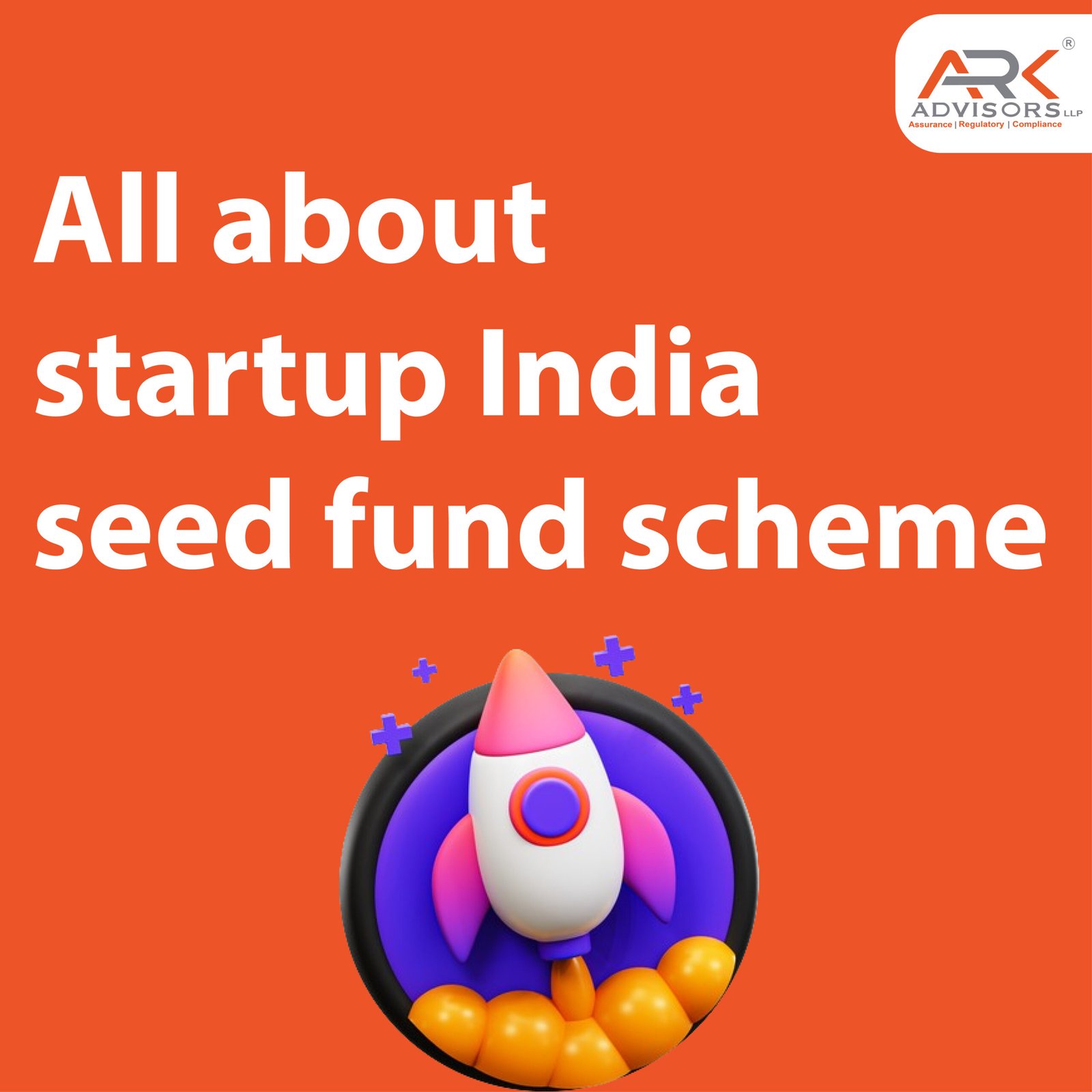As the name suggests, ‘Seed funding’ is the funding for a startup when it is at the seedling stage i.e., inception, ideation, or the beginning stage. It is essential for every entrepreneur to understand what constitutes seed funding and why it is essential for building their businesses. Let’s find out the intricacies of seed funding.

How is Seed Funding different from growth-stage funding?
Seed funding is the first stage of investment for a business – where the business could conspire of only a product idea and is still in the market validation process. Since the startup is in its early stages and often hasn’t yet proven its merit in the market, this funding generally involves risk on the part of the entity that is funding. But high risk also comes at a point when the startup’s valuation is at a low and has potential to scale and yield lucrative returns.
As a result, investors bring in money at this stage through convertible preference share or common equity. They don’t prefer debt instruments with fixed interest rate burden on the startup since the early-stage startups are asset light with no validation of their business model. Grants are also a preferred instrument but is offered by Government schemes or competitions created for the purpose of promotion of entrepreneurship.

What are the challenges faced by Seed-stage startups?
The major challenges faced by startups in the early stage can be categorized as follows,
Product/Service: The product developed by the startup is in the idea validation stage with negligible brand value. Lack of access to funding makes it difficult for the startup to develop the Minimum Viable Product (MVP) which is required for field trail and market launch
Customers: The startup needs to gain ground in terms of the market acquisition, market acceptance, and customer trust for the initial traction
Processes: The founders generally don’t have the right expertise to regularise and formalise core team culture and to onboard the right human resources which makes up the Key Managerial Personnel
Business Model: The startup faces challenges to define revenue channels, unit economics, and financial projections of the business

What should you know before raising this fund?
Step 1 should ideally include a thorough evaluation of your startup’s market needs and customers. This is crucial for your business’s foundation and market research. Your pitch to investors should ideally constitute a well-rounded business plan, including a study on the competitors, SWOT analysis, financial projections, current and potential valuations, and growth prospects.
What are the different avenues to raise Seed Funding?

1.Incubators and Accelerators: Business incubators and accelerators are institutions, government-supported or privately held, that support entrepreneurs in developing their businesses, especially in the initial stages. These are institutions geared towards speeding up the growth and success of startups and early-stage companies. Incubation is usually done by institutions which have experience in the business and technology world. These institutions provide infrastructure/research facilities, administrative support, and mentorship.
2.Angel Investors and Family Officers: Angel investors are wealthy private investors focused on financing small ventures in exchange for a stake in the business. Unlike a venture capital firm that uses an investment fund, angels use their own net worth. These are usually the first investors in a startup. These investors are driven by personal beliefs, demand higher control over portfolio companies, and have low ticket size investments.
3.Venture Capital Funds: Venture capital (VC) funds are managed investment pools that invest in high-growth startups and other early-stage firms and are typically only open to accredited investors. VC funds look out for startups that are highly scalable and have a huge target market. They also demand much control over their portfolio companies. It should be noted that all VCs may not focus on seed funding as they typically focus on companies already in market.
4.Government Funds: Funding from angel investors and venture capital firms becomes available to startups only after the proof of concept has been provided. Similarly, banks provide loans only to asset-backed applicants. It is essential to provide seed funding to startups with an innovative idea to conduct proof of concept trials.
DPIIT has created Startup India Seed Fund Scheme (SISFS) with an outlay of INR 945 Crore to provide financial assistance to startups for a host of requirements. SISFS aims to provide financial assistance to startups for proof of concept, prototype development, product trials, market entry and commercialization. This enables the startups to graduate to a level where they will be able to raise investments from angel investors or venture capitalists or seek loans from commercial banks or financial institutions.
Many other Central Government and State schemes offer early-stage funding, including NIDHI PRAYAS, NIDHI SSS, BIRAC’s schemes, TIDE 2.0, etc.





